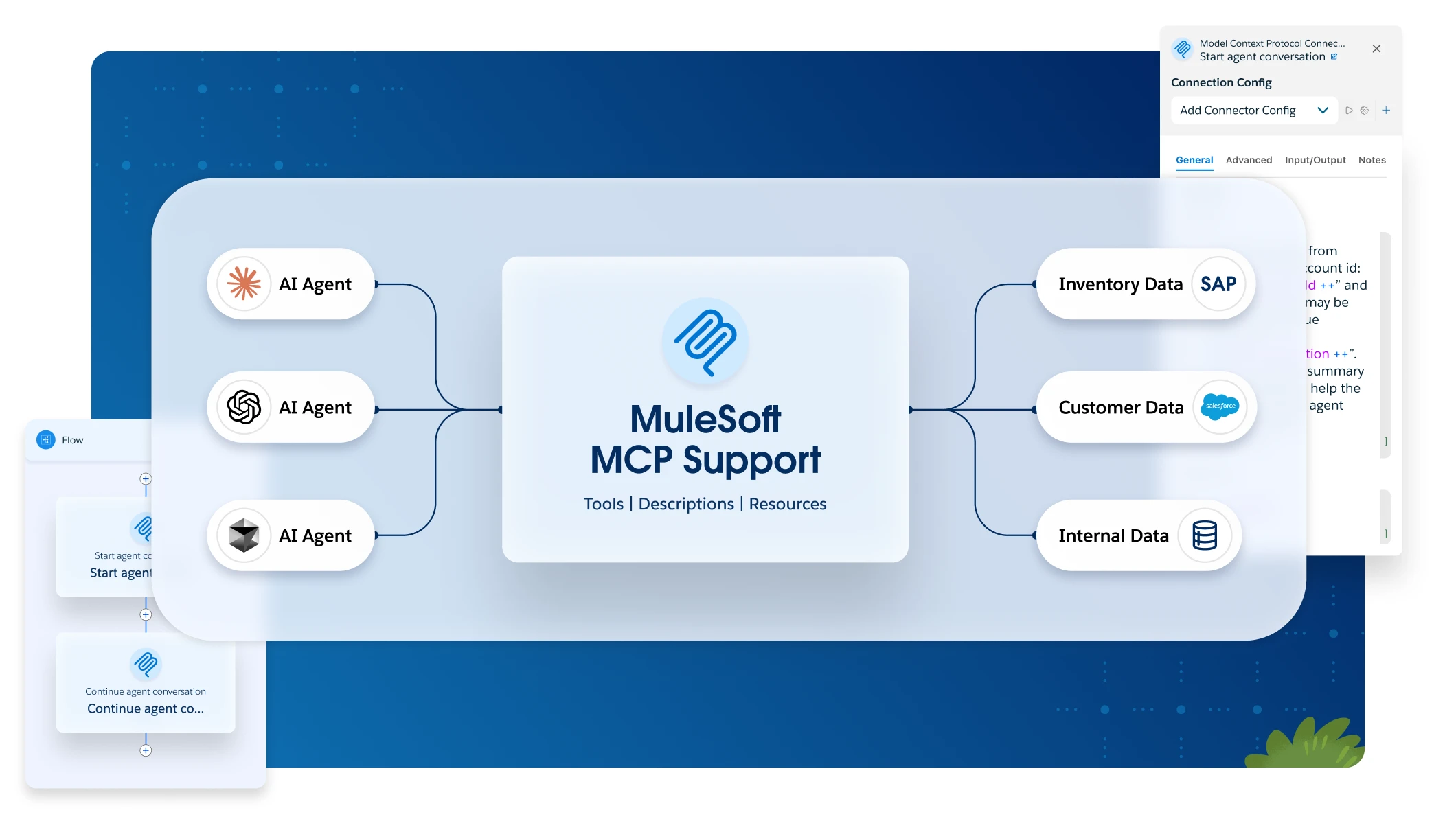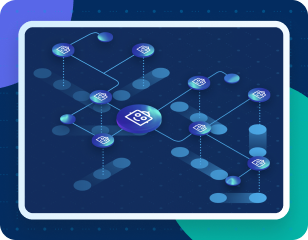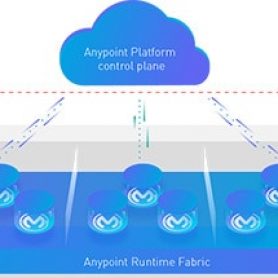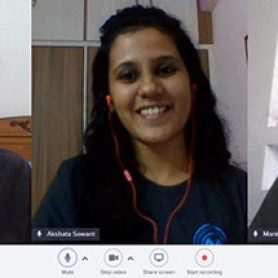Latest posts
How to be a matchmaker using DataWeave and regular expressions
In this blog, we’ll look at how a regular expression (regex) can give you the power to transform text in your DataWeave programming. When... read more.
Moving from RESTful to EVENTful
For close to twenty years, the "common standard" of APIs on the web has been summed up in one word: "RESTful." Designers, developers, and... read more.
Improving the developer experience with API discoverability
This is the first article in a two-part series focused on API documentation and discoverability The API developer experience APIs are no longer treated... read more.
How to review concatenation functions in DataWeave 2.0
Contrary to what most developers believe, there are different ways to achieve concatenation in DataWeave 2.0 for several data types. While the most popular... read more.
Common use cases, templates, and connectors for Flow Designer
In this blog post, we will talk about “Flow Designer,” the online component which has a wide set of features for the creation of... read more.
How to achieve high availability and reliability with an on-premise topology
IT is under continuous pressure to keep systems available and maximize the uptime to ensure users have an unmatched experience. With the growing number... read more.
How to deploy Anypoint Runtime Fabric in Oracle Cloud
Anypoint Runtime Fabric is a container service that automates the deployment and orchestration of Mule applications and API gateways. Runtime Fabric runs within a... read more.
4 ways to externalize MuleSoft logs to the Elastic Stack
The former Netflix Architect Allen Wang posted back in 2015 on SlideShare: “Netflix is a logging company that occasionally steams video.” Five years ago,... read more.
How to build a modern API as self-contained API
API management is the process of designing, publishing, documenting, and analyzing APIs in a secure environment. It provides users — like developers and partners... read more.
Meet the top MuleSoft Contributors of Q2
Over the last several months, the MuleSoft Community has successfully transformed into an entirely virtual — but still as vibrant as ever — place for... read more.
























